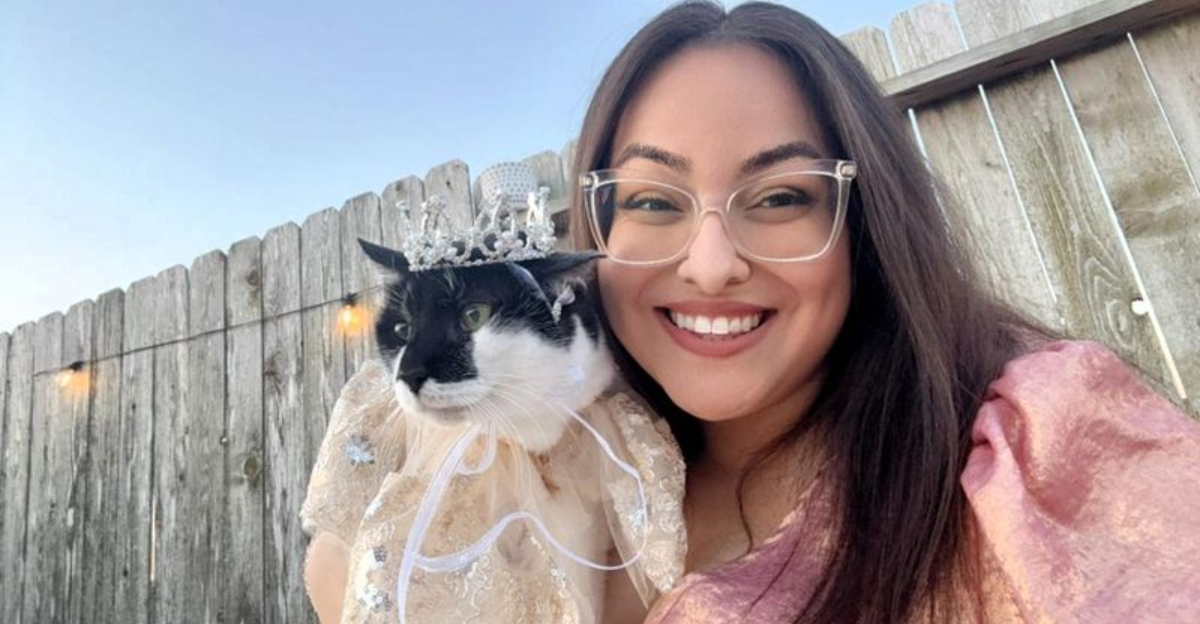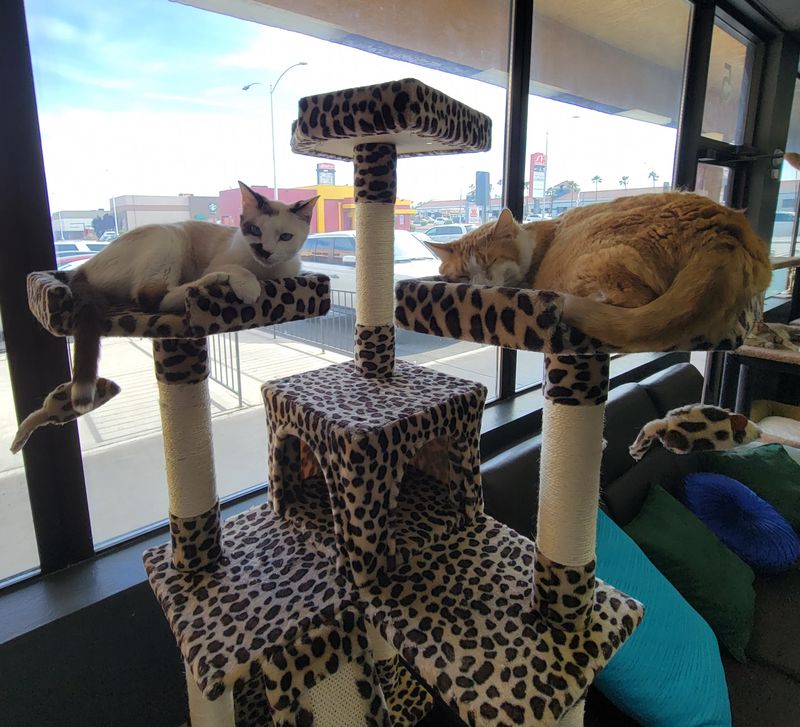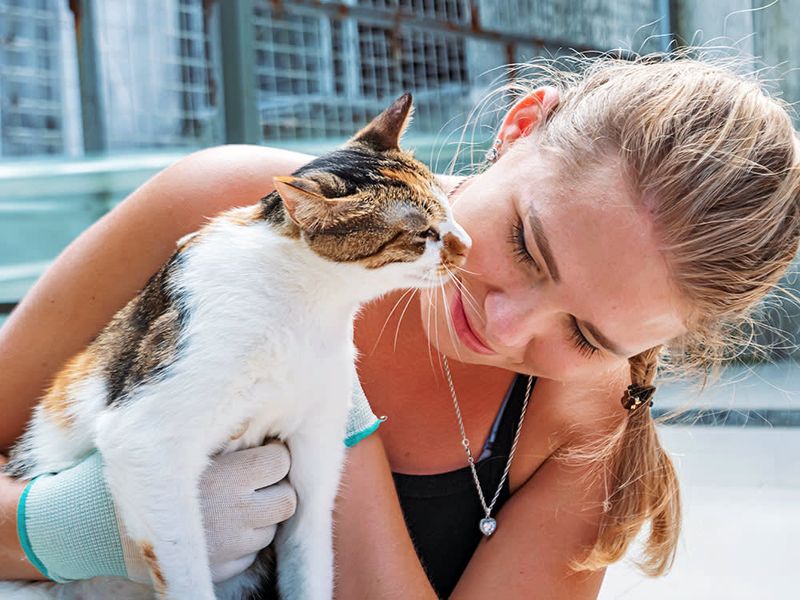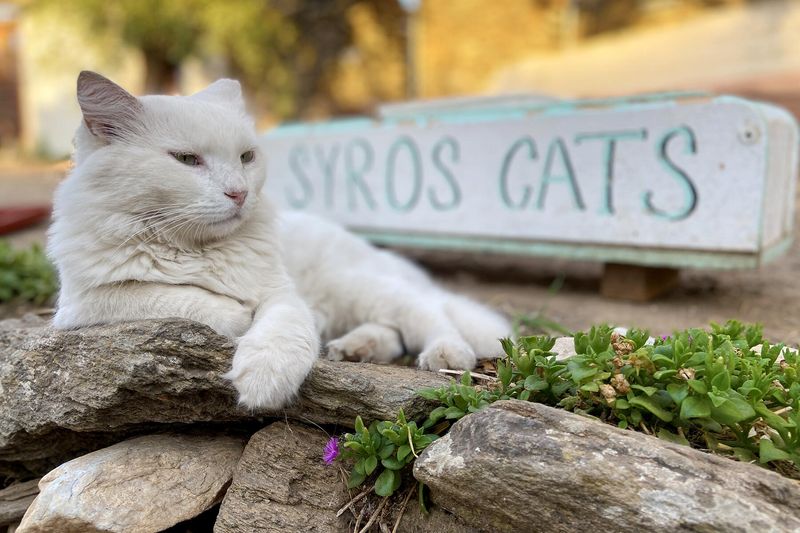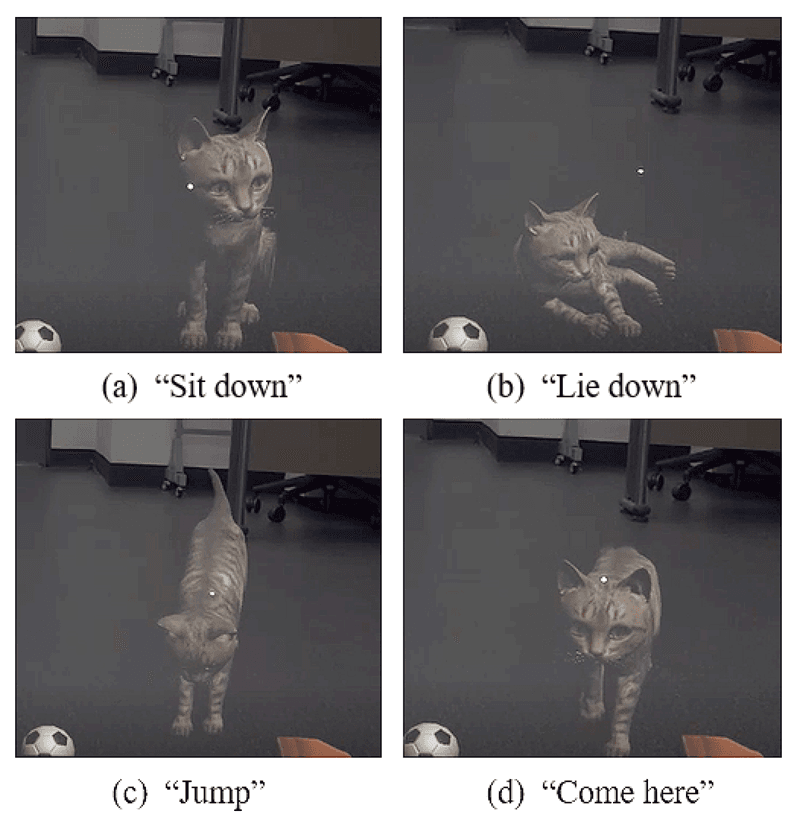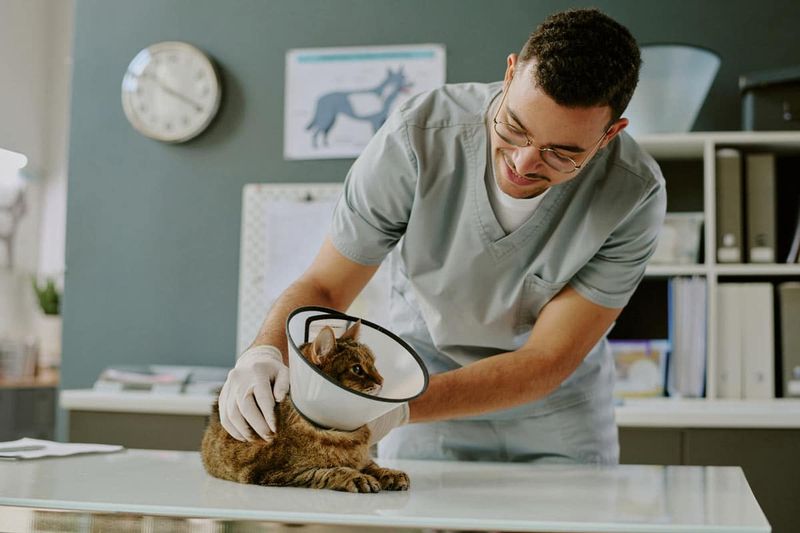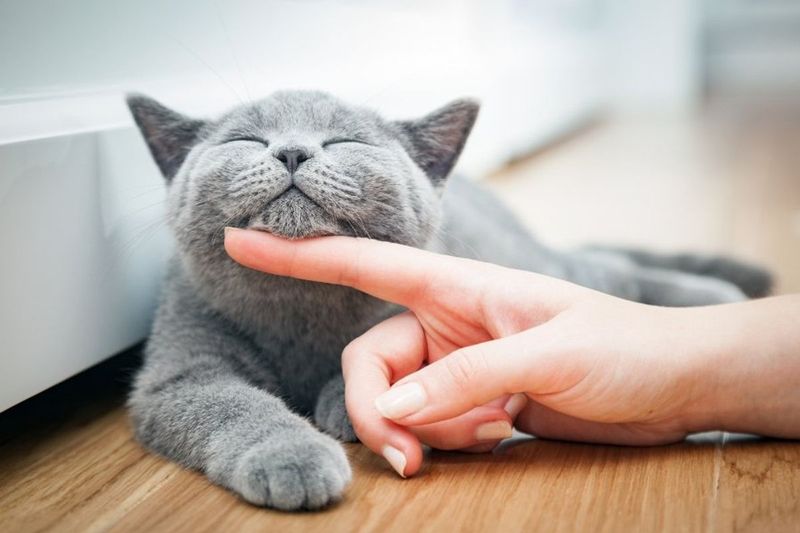📖 Table of Content:
- 1. Cat-Themed Merchandise Dominates Their Closets
- 2. Instagram Feeds Full of Feline Friends
- 3. Apartment Hunting with Feline Priorities
- 4. Cat Cafés as Social Hotspots
- 5. Dating Profiles That Mention “Cat Dad/Mom”
- 6. Birthday Parties for Their Cats
- 7. Spending More on Cat Food Than Human Food
- 8. Cat-Sitting Networks Replace Babysitting Clubs
- 9. Therapy Cats for Mental Health Support
- 10. Choosing Pet-Friendly Remote Work Options
- 11. Cat Adoption Rates Soaring Among Young Adults
- 12. Cat-Themed Travel Planning
- 13. Cat Videos as Stress Relief Technique
- 14. Careers Shifting Toward Feline Fields
- 15. Cat-Centric Household Budgeting
Move over, baby fever! Gen Z has a new obsession, and it purrs. Young adults today are increasingly choosing feline companionship over traditional family planning timelines. This shift reflects changing priorities, economic realities, and the special bond between twenty-somethings and their whiskered roommates.
1. Cat-Themed Merchandise Dominates Their Closets
Cat socks, cat shirts, cat earrings—Gen Z’s wardrobes have become walking tributes to their feline obsession. From subtle paw print patterns to bold statement pieces declaring “Cat Parent” status, young adults proudly wear their cat love for all to see.
High-end designers have noticed this trend too, incorporating cat motifs into runway collections. Even those without cats often sport the merchandise, showing how deeply cat culture has penetrated this generation’s identity.
The phenomenon extends beyond clothing to accessories, phone cases, and even tattoos, with many Gen Zers permanently inking their bodies with cat-inspired designs.
2. Instagram Feeds Full of Feline Friends
Scroll through any Gen Z Instagram account and count the cat photos—they’ll likely outnumber human selfies three to one. Young adults document every adorable yawn, stretch, and mischievous moment of their furry companions with professional-level dedication.
Many cats now have their own social media accounts with followers numbering in the thousands. These pet influencers generate income through sponsorships and merchandise, turning cat parenthood into a legitimate side hustle for entrepreneurial Gen Z owners.
The phenomenon has spawned entire online communities where young cat lovers share advice, memes, and support—creating connections that extend beyond the digital world.
3. Apartment Hunting with Feline Priorities
Window perches and natural light top Gen Z’s apartment wish lists—not for themselves, but for their cats. Young renters increasingly select homes based on pet-friendly features, sometimes paying premium prices for spaces that accommodate their feline roommates.
Real estate agents report that “cat walkways” and built-in shelving for climbing are now selling points for properties targeting younger demographics. Some landlords have even begun advertising “cat-optimized” spaces to attract this lucrative market segment.
Many Gen Zers admit to choosing smaller apartments in better locations specifically so their indoor cats can have interesting views and stimulation, prioritizing their pets’ happiness over personal space.
4. Cat Cafés as Social Hotspots
© Millennials in Motion Magazine
Friday night plans for many Gen Zers don’t involve clubs but rather cat cafés where they sip lattes while playing with adoptable felines. These establishments have exploded in popularity, becoming the preferred hangout spots for young adults seeking comfort and connection.
Many cat cafés report that 70% of their clientele falls within the Gen Z age bracket. The trend has sparked a wave of specialized venues, including cat yoga studios and cat-themed cocktail bars that cater specifically to this demographic.
Beyond entertainment, these spaces serve a deeper purpose—providing animal therapy during stressful times and creating low-pressure social environments for a generation struggling with in-person connections after years of digital interaction.
5. Dating Profiles That Mention “Cat Dad/Mom”
The phrase “must love cats” has become a non-negotiable dating criterion for many Gen Zers. Dating profiles prominently feature feline companions, with many young adults stating they’d sooner swipe left on a cat-hater than someone with different political views.
Dating apps report that profiles mentioning cats receive 35% more positive interactions among the 18-25 demographic. This phenomenon has even spawned niche dating platforms exclusively for cat enthusiasts, where sharing cat photos is a standard icebreaker.
Relationship counselors note this represents a significant shift in partner selection priorities, with pet compatibility now ranking among top considerations for long-term compatibility—often above traditional markers like career ambition or family planning timelines.
6. Birthday Parties for Their Cats
Custom cakes, carefully wrapped presents, and themed decorations—Gen Z celebrates their cats’ birthdays with enthusiasm once reserved for human milestones. Social media overflows with elaborate cat birthday photoshoots featuring tiny party hats and special treats.
Local bakeries have capitalized on this trend, offering specialized cat-safe cakes made from tuna, salmon, and other feline favorites. Party supply stores now stock cat-specific celebration items year-round, reporting sales increases of over 200% in the past five years.
Beyond mere indulgence, these celebrations represent something deeper—a generation finding joy in creating traditions and marking time through their relationship with pets during an era of economic uncertainty and delayed traditional life milestones.
7. Spending More on Cat Food Than Human Food
Premium organic cat food fills Gen Z pantries while ramen noodles sustain their human owners. Young adults routinely prioritize high-quality nutrition for their pets while economizing on their own meals, a trend pet industry analysts have tracked for years.
Subscription services delivering fresh, human-grade cat food have seen their Gen Z customer base grow by 300% since 2020. Many young cat owners can recite the nutritional benefits of various protein sources and supplements with expertise that would impress veterinarians.
Financial advisors express concern about this spending pattern, yet most young cat owners remain unapologetic, explaining that their cats’ health represents a non-negotiable expense—even when personal budgets are tight during economic downturns.
8. Cat-Sitting Networks Replace Babysitting Clubs
Gen Z has established elaborate cat-sitting networks that function with the seriousness once reserved for childcare arrangements. Young adults trade services through apps and group chats, maintaining detailed care instructions and emergency contacts for their feline dependents.
University campuses report student-run cat care collectives that coordinate feeding schedules around exam periods. These networks create community bonds and mutual support systems that extend beyond pet care into other aspects of young adult life.
Professional cat-sitters targeting the Gen Z market now offer services including video check-ins, play sessions, and detailed daily reports—features previously associated with high-end childcare services. Many charge premium rates that young cat owners willingly pay.
9. Therapy Cats for Mental Health Support
Emotional support cats have become Gen Z’s answer to rising anxiety levels. Young adults openly discuss how their feline companions help manage stress, depression, and other mental health challenges in ways previous generations might have found surprising.
Mental health professionals increasingly recognize the therapeutic value of the human-cat bond. Some universities now allow therapy cats in dormitories as part of wellness initiatives targeting the unique stressors facing today’s young adults.
Beyond official therapy animals, many Gen Zers credit their ordinary house cats with providing crucial emotional stability during major life transitions. The consistent, unconditional relationship offers an anchor during the turbulent years of early adulthood when human relationships and living situations often remain in flux.
10. Choosing Pet-Friendly Remote Work Options
Remote work policies that accommodate feline coworkers have become a major job selection criterion for Gen Z professionals. Young workers increasingly reject positions that would separate them from their cats during the workday, regardless of other benefits offered.
Forward-thinking companies have recognized this priority shift, highlighting pet-friendly policies in recruitment materials. Some even offer “pawternity leave” for new pet adoptions and veterinary appointment flexibility as competitive advantages in attracting young talent.
Home office setups frequently feature cat beds positioned strategically near workstations, with many Gen Zers admitting they’ve selected furniture and equipment specifically to accommodate their feline officemates—sometimes at the expense of their own ergonomic needs.
11. Cat Adoption Rates Soaring Among Young Adults
Animal shelters report unprecedented adoption rates among 18-25 year olds, with cats being the overwhelming preference. Adoption counselors note that Gen Z adopters often arrive having researched cat behavior extensively and prepared their homes meticulously.
Many shelters have redesigned their adoption processes specifically to appeal to younger demographics, including virtual meet-and-greets and social media campaigns featuring adoptable cats. The generation’s preference for adoption over purchasing from breeders reflects their strong ethical stance on animal welfare issues.
Interestingly, the “black cat effect” has reversed among Gen Z adopters, with many specifically requesting previously hard-to-place black cats due to their striking appearance and the satisfaction of challenging outdated superstitions.
12. Cat-Themed Travel Planning
Vacation destinations featuring cat islands, cat cafés, or famous feline residents top Gen Z travel wishlists. Young travelers plan entire itineraries around cat-related attractions, from Japan’s cat islands to Istanbul’s celebrated street cats.
Travel agencies have noticed this trend, creating specialized tours catering to cat enthusiasts. Social media travel influencers report that cat-focused content consistently outperforms other travel posts among younger followers.
For those who can’t bear leaving their own cats behind, a growing industry of pet-friendly accommodations and travel services has emerged. Many Gen Z travelers admit to selecting vacation rentals based primarily on whether their cats would enjoy the space—considering factors like secure outdoor areas and interesting views.
13. Cat Videos as Stress Relief Technique
Cat videos serve as Gen Z’s preferred stress management tool, with many young adults reporting they turn to feline content before meditation apps or exercise when feeling overwhelmed. The phenomenon has been studied by psychologists who confirm the genuine calming effects.
University wellness centers now include curated cat video playlists alongside traditional stress reduction resources. During high-pressure periods like finals week, some schools even host “cat video viewing stations” in libraries and study areas.
The trend extends beyond passive viewing, with many Gen Zers creating and sharing their own cat content as a creative outlet and community-building activity. This generation doesn’t just consume cat videos—they’ve elevated them to a legitimate self-care strategy with recognized mental health benefits.
14. Careers Shifting Toward Feline Fields
Veterinary schools report applications specifically mentioning cat specialization have doubled among Gen Z applicants. Young professionals increasingly pursue careers in feline behavior, nutrition, shelter management, and other cat-focused fields, often leaving traditional career paths to follow their passion.
Entrepreneurial Gen Zers have launched innovative cat-related businesses, from subscription boxes to specialized technology. Cat behaviorist certification programs report their youngest-ever enrollment demographics, with many students citing personal experiences with their own cats as inspiration.
This career pivot phenomenon extends beyond direct animal care to adjacent industries—marketing professionals specializing in pet products, architects designing cat-friendly spaces, and app developers creating feline-focused technology all represent the generation’s determination to align their work with their values.
15. Cat-Centric Household Budgeting
Financial spreadsheets with dedicated cat categories reveal Gen Z’s spending priorities. Young adults budget meticulously for premium cat food, preventative healthcare, toys, and emergency funds specifically for their feline family members—often before allocating resources to their own discretionary spending.
Financial advisors have adapted their approaches when working with younger clients, recognizing that pet expenses represent non-negotiable line items. Some banks and credit unions now offer specialized pet savings accounts and insurance packages targeting this demographic.
Despite facing significant economic challenges including student debt and housing costs, Gen Z cat owners consistently prioritize their pets’ needs. Many report making personal sacrifices—from skipping vacations to taking on side gigs—specifically to maintain their cats’ quality of life.
